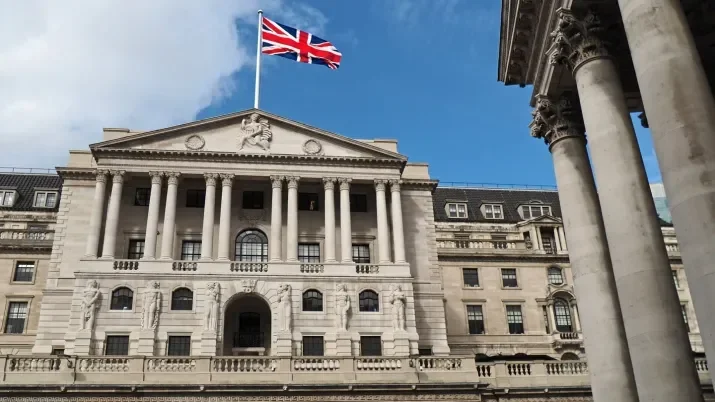Call That a Correction?
A volatile last couple of weeks have certainly kept fixed income investors fastened firmly in their seats, with comments from Federal Reserve chairman Jerome Powell suggesting US monetary policy was “nowhere near neutrality” sending shock waves through global rates, credit and equity markets.
The 10-year US Treasury yield very quickly broke through the important resistance level of 3.125%, and in short order set about testing the next resistance level around 3.25%. The UST 2s-10s curve reached 35bp, having been closer to 20bp in the summer, while US equities suffered a 4% correction and US credit spreads were left around 40bp off their recent tights.
The reaction to Powell’s comments demonstrates to us that markets are worried about a policy mistake from the Fed. Investors are concerned that by raising rates too far too fast, the central bank may inadvertently hasten the end of the credit cycle, which has been put firmly at the forefront of everyone’s minds by the flattening of the US yield curve in recent months.
Powell and his fellow FOMC members have so far been willing to look through bouts of volatility, not to mention a raft of geopolitical headwinds, in favour of sticking to the hiking path suggested by their dot plots. They have unemployment at 3.8%, inflation at the target 2%, healthy consumer sentiment, credit spreads still close to all-time tights, and GDP growth at 4.2%. Taking the dot plots at face value, we remain on track for one more hike in 2018 and three more in 2019, potentially pushing rates another 100bp higher from current levels.
So where do we go from here? Was the brief turmoil across markets last week a healthy correction giving the cycle more room to run, or a sign that the Fed is about to make a policy error and hasten the end of the cycle?
Unless we believe there’s something more sinister around the corner, markets do tend to bounce after corrections like this. But US credit spreads at 40bp off their recent tights, for us, is not a material correction – it could be seen as the US market merely catching up with the spread widening we have seen in Europe already this year. It’s hard to argue for adding US credit risk on a dip this small.
In terms of a potential catalyst to cause that bounce, we fortunately have a series of micro events on the horizon in the form of the upcoming reporting season, which could serve as a timely reminder that this aging cycle remains intact. Earnings will give markets a good look at business sentiment, and whether the strong fundamentals listed above that the Fed is working off are reflected in the real economy.




